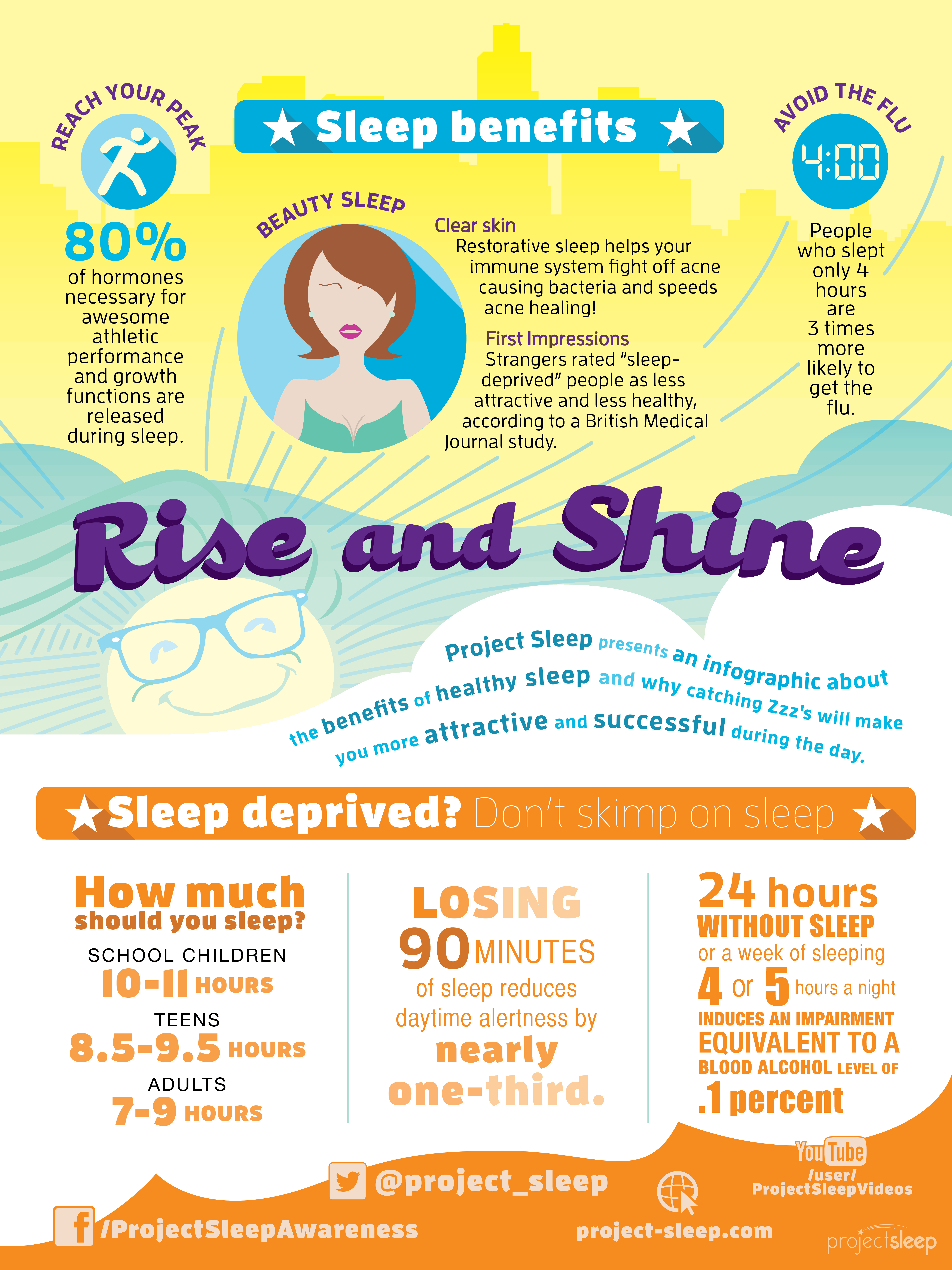Signs Of Stomach Rupture Discomfort Adhering To Dishes: Causes And Administration Approaches

Content Produce By-Whittaker Peck
If you have actually experienced stomach hernia pain after eating, you're not alone. This pain usually emerges from the stress on a weakened location of your abdominal wall surface throughout digestion. You could observe sharp or hurting pain, bloating, and even a visible bulge. However what can you do to manage these signs and symptoms? Recognizing the connection between hernias and post-meal pain is the initial step toward locating relief. Allow's explore this further.
Recognizing the Web Link Between Hernias and Post-Meal Discomfort
When you eat, your body goes through a complicated procedure of food digestion that can occasionally set off discomfort if you have a hernia. This happens because a hernia happens when an organ or cells bulges via a weak point in the abdominal wall.
As food moves through your digestive system, it may tax this damaged area. You might feel pain or pain, especially after taking in bigger meals or specific foods that create bloating.
In addition, the activity of your intestinal tracts throughout food digestion can aggravate the hernia, bring about extra extreme feelings. Understanding this connection is important, as it aids you recognize potential triggers and make nutritional changes to handle pain effectively.
Keeping track of what you eat can give beneficial understandings.
Common Signs of hernia Discomfort After Consuming
If you have a hernia, you could notice details symptoms after consuming that signal discomfort. Typically, you may experience sharp or hurting discomfort in your abdominal area, especially around the hernia website. This discomfort can escalate after meals, specifically if you have actually consumed a huge portion or hefty foods.
Bloating and gas are additionally constant problems, making you really feel uncomfortably full. You could also see a visible lump in your abdomen that comes to be extra obvious post-eating.
https://docs.google.com/document/d/1Y9HqGldV0ZY7xI3IxDv6tXnRRxWGKqezinwH6QTUiGQ/edit?usp=sharing or vomiting and occasional throwing up can occur, particularly if the hernia is creating a clog. If you find yourself experiencing these signs and symptoms consistently after meals, it's critical to seek advice from a healthcare professional for appropriate evaluation and suggestions.
Techniques for Handling hernia Discomfort After Dishes
To take care of hernia pain after meals efficiently, consider making some nutritional and lifestyle modifications.
Start by eating smaller sized, extra constant dishes rather than big portions, which can minimize pressure on your abdominal area. Concentrate on low-fat, high-fiber foods to reduce digestion. Avoid spicy, acidic, or fried foods that may trigger discomfort.
In addition, keep a healthy weight to reduce stress on your abdominal wall surface.
After eating, attempt to remain upright for https://www.post-gazette.com/sports/penguins/2021/06/10/Casey-DeSmith-groin-injury-surgery-Tristan-Jarry-Pittsburgh-Penguins/stories/202106100156 of 2 hours to help digestion; this can assist stop pain. Mild tasks like strolling can likewise advertise digestion, however avoid extreme workout right away after dishes.
Remaining moisturized is critical-- drink a lot of water throughout the day to sustain digestion wellness and overall wellness.
Conclusion
To conclude, if you're experiencing abdominal hernia pain after consuming, it's crucial to identify the connection between your diet regimen and your symptoms. By adopting smaller sized, more constant dishes and preventing trigger foods, you can dramatically minimize pain. Staying upright and appealing in light task post-meal can also help. Do not think twice to consult a medical care professional if your symptoms persist. Taking these steps can improve your comfort and enhance your total wellness.

